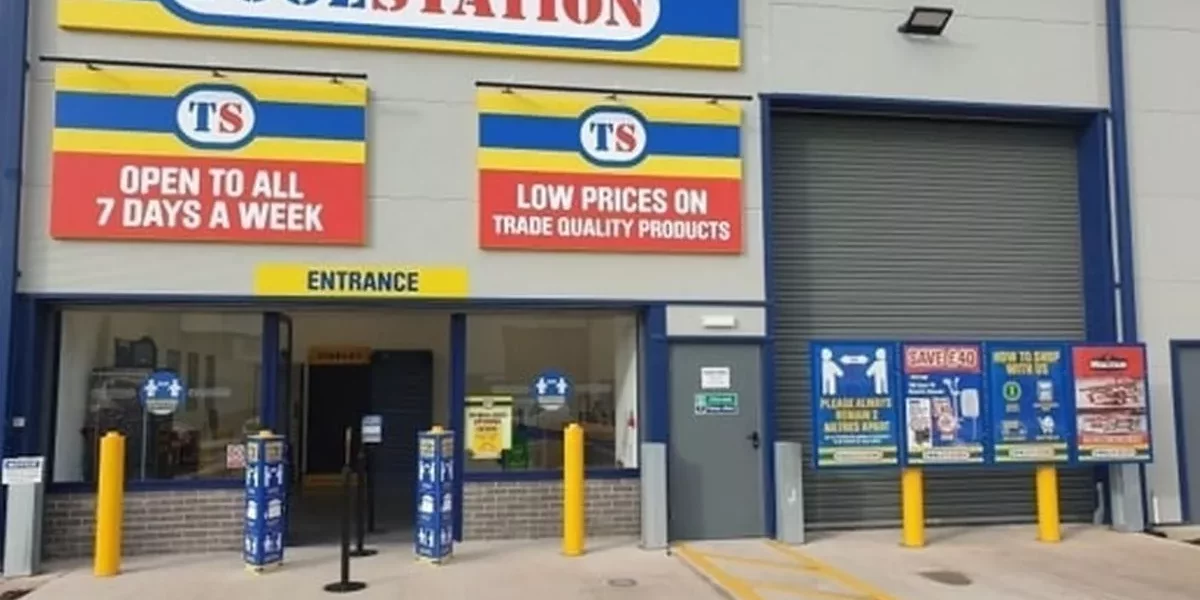Introduction
Cycling has gained popularity worldwide as a sustainable and healthy mode of transportation. However, cyclists often encounter technical issues or minor malfunctions while riding, such as a flat tire, loose chain, or a misaligned brake. These inconveniences can disrupt the cycling experience and hinder the growth of cycling culture. To address this problem and foster a more cyclist-friendly environment, cities and communities have started implementing innovative solutions like public bike repair stations, with “Tool Stations” leading the way. This article explores the concept of Tool Stations, their benefits, implementation, and the positive impact they have on urban cycling ecosystems.
The Rise of Cycling and the Need for Public Bike Repair Stations
Over the past few decades, cycling has witnessed a resurgence as more people seek eco-friendly and health-conscious alternatives to traditional commuting methods. In urban centers, bicycles offer a cost-effective and time-efficient way to navigate through traffic congestion and reduce carbon emissions. However, as cycling becomes more prevalent, the need for accessible bike repair facilities becomes evident. Public bike repair stations like Tool Stations are becoming a crucial component of cycling infrastructure to support the growing community of cyclists.
What is a Tool Station?
A Tool Station is a public bike repair station strategically placed in popular cycling locations, such as parks, transit hubs, universities, and residential areas. It consists of a sturdy stand that holds the bicycle off the ground, equipped with various tools and equipment necessary for basic bike maintenance and repair. These stations typically feature tools like tire levers, a pump, a set of wrenches, screwdrivers, and other essentials for common bike adjustments.
Benefits of Tool Stations for Cyclists
3.1. On-the-Spot Repairs: Tool Stations enable cyclists to perform quick fixes on their bikes during their rides. This ensures that minor issues do not escalate into major problems, preventing frustrating breakdowns and the need for expensive emergency repairs.
3.2. Increased Confidence: Knowing that repair facilities are available along their route, cyclists feel more confident undertaking longer rides and exploring new areas without worrying about mechanical mishaps.
3.3. Encourages Cycling Commuters: Commuters often avoid cycling due to concerns about breakdowns during their journeys. With Tool Stations in place, cycling becomes a more attractive option for daily commuting, contributing to reduced traffic congestion and a greener urban environment.
3.4. Fosters a Sense of Community: Tool Stations become meeting points for cyclists, fostering a sense of community and camaraderie among riders who share experiences, tips, and maintenance knowledge.
3.5. Educational Opportunities: Tool Stations provide an opportunity for cyclists, both experienced and new, to learn basic bike repair skills. This empowerment can lead to a more self-sufficient cycling community.
Implementing Tool Stations in Urban Settings
4.1. Identifying Strategic Locations: Municipalities and cycling advocacy groups collaborate to identify high-traffic cycling areas and popular routes to install Tool Stations. Factors like proximity to bike lanes, population density, and proximity to public transportation play a crucial role in selecting suitable locations.
4.2. Partnering with Local Businesses and Organizations: Implementing Tool Stations often involves cooperation between local businesses, community organizations, and government entities. These collaborations can help secure funding, installation permissions, and ongoing maintenance support.
4.3. Sustainability and Maintenance: Ensuring the sustainability of Tool Stations is essential for their long-term success. Regular maintenance checks, restocking of tools and supplies, and periodic safety inspections are critical to keep the stations in optimal condition.
Case Studies of Successful Tool Station Initiatives
5.1. Amsterdam, Netherlands: A cycling-friendly city, Amsterdam boasts an extensive network of Tool Stations that have contributed significantly to the city’s cycling culture and safety.
5.2. Portland, Oregon, USA: Portland’s strong cycling community and progressive city planning have led to the implementation of Tool Stations across the city, making it more welcoming to cyclists.
5.3. Copenhagen, Denmark: A pioneer in sustainable transportation, Copenhagen’s Tool Stations have further boosted the number of cyclists and reduced car usage.
Overcoming Challenges and Future Outlook
6.1. Funding and Maintenance: Securing initial funding and ensuring ongoing maintenance can be challenging for Tool Station initiatives. Exploring public-private partnerships and sponsorship opportunities can address this issue.
6.2. Inclusivity and Accessibility: Tool Stations must be designed to accommodate a wide range of bicycles, including those with different tire sizes and configurations.
6.3. Advancements in Technology: Embracing technological advancements like QR codes and mobile apps can enhance the usability and accessibility of Tool Stations.
Conclusion
Tool Stations play a crucial role in supporting and empowering the cycling community. These innovative and convenient facilities contribute to the growth of cycling culture, encourage more people to adopt cycling as a daily commuting option, and create a greener, healthier urban environment. By strategically implementing Tool Stations, cities can further promote cycling as a sustainable and accessible means of transportation, improving the overall quality of life for residents and visitors alike.







